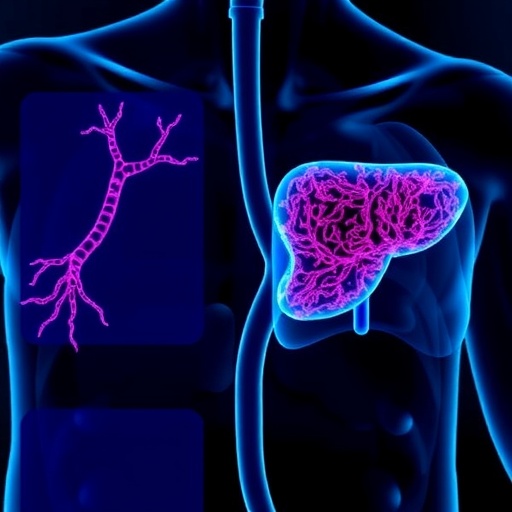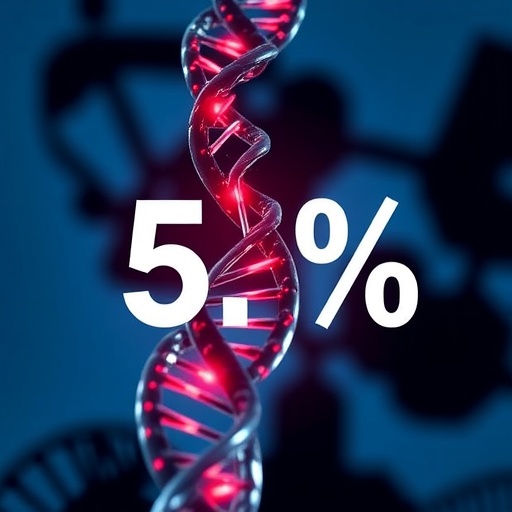The arrival of Europeans to the Americas, beginning in the 15th century, all but wiped out the dogs that had lived alongside native people on the continent for thousands of years, according to new research published today in Science.
But one close relative of these native dogs lives on in an unexpected place – as a transmissible cancer whose genome is that of the original dog in which it appeared, but which has since spread throughout the world.
Using genetic information from 71 archaeological dog remains from North America and Siberia, an international team led by researchers at the University of Oxford, University of Cambridge, Queen Mary University of London, and Durham University showed that 'native' (or 'pre-contact') American dogs, which arrived alongside people over 10,000 years ago and dispersed throughout North and South America, possessed genetic signatures unlike dogs found anywhere else in the world.
Comparison of ancient and modern American dog genomes, however, demonstrated that these pre-contact American dogs rapidly disappeared following the arrival of Europeans and left little to no trace in modern American dogs.
Senior lead author Dr. Laurent Frantz from Queen Mary University of London and the Palaeogenomics & Bio-Archaeology Research Network (Palaeo-BARN) at Oxford said: "It is fascinating that a population of dogs that inhabited many parts of the Americas for thousands of years, and that was an integral part of so many Native American cultures, could have disappeared so rapidly. Their near-total disappearance is likely due to the combined effects of disease, cultural persecution and biological changes starting with the arrival of Europeans."
Professor Greger Larson, Director of the Palaeo-BARN at Oxford and senior author of the study, said: "This study demonstrates that the history of humans is mirrored in our domestic animals. People in Europe and the Americas were genetically distinct, and so were their dogs. And just as indigenous people in the Americas were displaced by European colonists, the same is true of their dogs."
By comparing the ancient and modern genomes, the researchers confirmed that the earliest American dogs were not descended from North American wolves, but likely originated in Siberia, crossing into the Americas during early human migrations.
Lead archaeologist Dr. Angela Perri from Durham University, co-first author on the study, added: "Archaeological evidence has long suggested that ancient dogs had a dynamic history in the Americas, but the fate of these pre-contact dogs and their relationship to modern American dog populations was largely unknown. Our study confirms that they likely originated in Siberia, crossing the Bering Strait during initial human migrations."
"In fact, we now know that the modern American dogs beloved worldwide, such as Labradors and Chihuahuas, are largely descended from Eurasian breeds, introduced to the Americas between the 15th and 20th centuries."
Intriguingly, the study revealed a close link between the genomes of the pre-contact dogs, as the researchers refer to them, and those derived from canine transmissible venereal tumours (CTVT). CTVT is a contagious genital cancer that is spread between dogs by the transfer of living cancer cells during mating.
CTVT originated from the cells of a single dog, known as the 'CTVT founder dog', that lived several thousand years ago. Remarkably, the research revealed that the dog that first spawned CTVT was closely related to American pre-contact dogs. Overall the results indicate that this cancer, now found worldwide, possesses a genome that is the last remaining vestige of the dog population that was once found all across the Americas.
"It's quite incredible to think that possibly the only survivor of a lost dog lineage is a tumour that can spread between dogs as an infection," added Maire Ní Leathlobhair, co-first author, from the Department of Veterinary Medicine at the University of Cambridge. "Although this cancer's DNA has mutated over the years, it is still essentially the DNA of that original founder dog from many thousands of years ago."
Co-author and zooarchaeologist Professor Keith Dobney from the University of Liverpool, who co-directs the dog domestication project with Professor Larson added "This is yet another new and exciting finding from our combined genetic and archaeological research, which continues to challenge and illuminate our understanding of the history of the first and most iconic domestic animal."
###
The research was largely funded by the Wellcome Trust, the Natural Environment Research Council, and the European Research Council.
Notes to editors
The full paper citation is ' The Evolutionary History of Dogs in the Americas', by G Larson, Ní Leathlobhair, M, Perri, AR, Irving-Pease, EK, Witt, KE, Linderholm, A, et al, published in Science
DOI: 10.1126/science.aao4776
For further information please contact Lanisha Butterfield, Media Relations Manager on 01865 280531, [email protected]
To contact the authors directly:
Laurent can be reached at +44 7950 351348 for additional comments.
Angela can be reached at +44 7537 877772 for additional comments.
Greger can be reached at +44 7963 905362 for additional comments.
Elizabeth can be reached at +44 1223 766497 for additional comments.
Images: https://www.dropbox.com/sh/9vn8wzv9vwfisdt/AAB5eaqm39ste9MxI4rd6abja?dl=0. They are all dog burials from the Koster site in Illinois, dated c. 10,000 years ago. Earliest known dogs in the Americas. Photographs by Del Baston, courtesy of the Center for American Archeology.
Media Contact
Lanisha Butterfield
[email protected]
01-865-280-531
@UniofOxford
http://www.ox.ac.uk/




